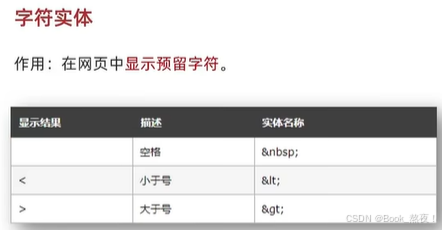以下是一个基于深度学习实现遮挡人脸识别系统的详细方案,使用 Python 语言完成。
方案概述
该遮挡人脸识别系统主要包含数据准备、模型构建、模型训练、模型评估和系统部署几个主要步骤。我们将使用深度学习框架 TensorFlow 和 Keras 来构建和训练卷积神经网络(CNN)模型,以识别遮挡面部的人物身份。
详细步骤
1. 数据准备
- 数据收集:收集包含遮挡面部(如戴口罩、墨镜等)和非遮挡面部的图像数据集。可以从公开数据集(如 LFW、CelebA 等)中筛选,也可以自行拍摄。
- 数据标注:为每个图像标注对应的人物身份信息。
- 数据预处理:
- 图像缩放:将所有图像调整为统一的尺寸,例如 100x100 像素。
- 归一化:将图像像素值归一化到 [0, 1] 范围。
- 数据增强:通过随机旋转、翻转、亮度调整等操作增加数据的多样性。
python">import os
import cv2
import numpy as np
from tensorflow.keras.preprocessing.image import ImageDataGenerator
# 数据路径
train_dir = 'path/to/train_data'
test_dir = 'path/to/test_data'
# 图像尺寸
img_width, img_height = 100, 100
# 数据增强
train_datagen = ImageDataGenerator(
rescale=1./255,
rotation_range=20,
width_shift_range=0.2,
height_shift_range=0.2,
shear_range=0.2,
zoom_range=0.2,
horizontal_flip=True,
fill_mode='nearest'
)
test_datagen = ImageDataGenerator(rescale=1./255)
# 生成训练集和测试集
train_generator = train_datagen.flow_from_directory(
train_dir,
target_size=(img_width, img_height),
batch_size=32,
class_mode='categorical'
)
test_generator = test_datagen.flow_from_directory(
test_dir,
target_size=(img_width, img_height),
batch_size=32,
class_mode='categorical'
)
2. 模型构建
构建一个简单的卷积神经网络(CNN)模型,包含卷积层、池化层、全连接层等。
python">from tensorflow.keras.models import Sequential
from tensorflow.keras.layers import Conv2D, MaxPooling2D, Flatten, Dense
model = Sequential([
Conv2D(32, (3, 3), activation='relu', input_shape=(img_width, img_height, 3)),
MaxPooling2D((2, 2)),
Conv2D(64, (3, 3), activation='relu'),
MaxPooling2D((2, 2)),
Conv2D(128, (3, 3), activation='relu'),
MaxPooling2D((2, 2)),
Flatten(),
Dense(128, activation='relu'),
Dense(train_generator.num_classes, activation='softmax')
])
# 编译模型
model.compile(optimizer='adam',
loss='categorical_crossentropy',
metrics=['accuracy'])
3. 模型训练
使用准备好的训练数据对模型进行训练。
python"># 训练模型
epochs = 10
history = model.fit(
train_generator,
steps_per_epoch=train_generator.samples // train_generator.batch_size,
epochs=epochs,
validation_data=test_generator,
validation_steps=test_generator.samples // test_generator.batch_size
)
4. 模型评估
使用测试数据对训练好的模型进行评估。
python"># 评估模型
test_loss, test_acc = model.evaluate(test_generator)
print(f'Test accuracy: {test_acc}')
5. 系统部署
将训练好的模型部署到实际应用中,实现实时遮挡人脸识别。
python">import cv2
# 加载模型
model.load_weights('path/to/model_weights.h5')
# 打开摄像头
cap = cv2.VideoCapture(0)
while True:
ret, frame = cap.read()
if not ret:
break
# 预处理图像
img = cv2.resize(frame, (img_width, img_height))
img = np.expand_dims(img, axis=0)
img = img / 255.0
# 预测
predictions = model.predict(img)
predicted_class = np.argmax(predictions[0])
# 显示结果
cv2.putText(frame, f'Predicted: {predicted_class}', (10, 30), cv2.FONT_HERSHEY_SIMPLEX, 1, (0, 255, 0), 2)
cv2.imshow('Face Recognition', frame)
if cv2.waitKey(1) & 0xFF == ord('q'):
break
# 释放摄像头并关闭窗口
cap.release()
cv2.destroyAllWindows()
注意事项
- 数据质量对模型性能至关重要,尽量收集多样化、高质量的遮挡面部图像数据。
- 可以尝试使用更复杂的预训练模型(如 ResNet、VGG 等)来提高识别准确率。
- 在实际应用中,需要考虑光照、角度等因素对识别结果的影响。







